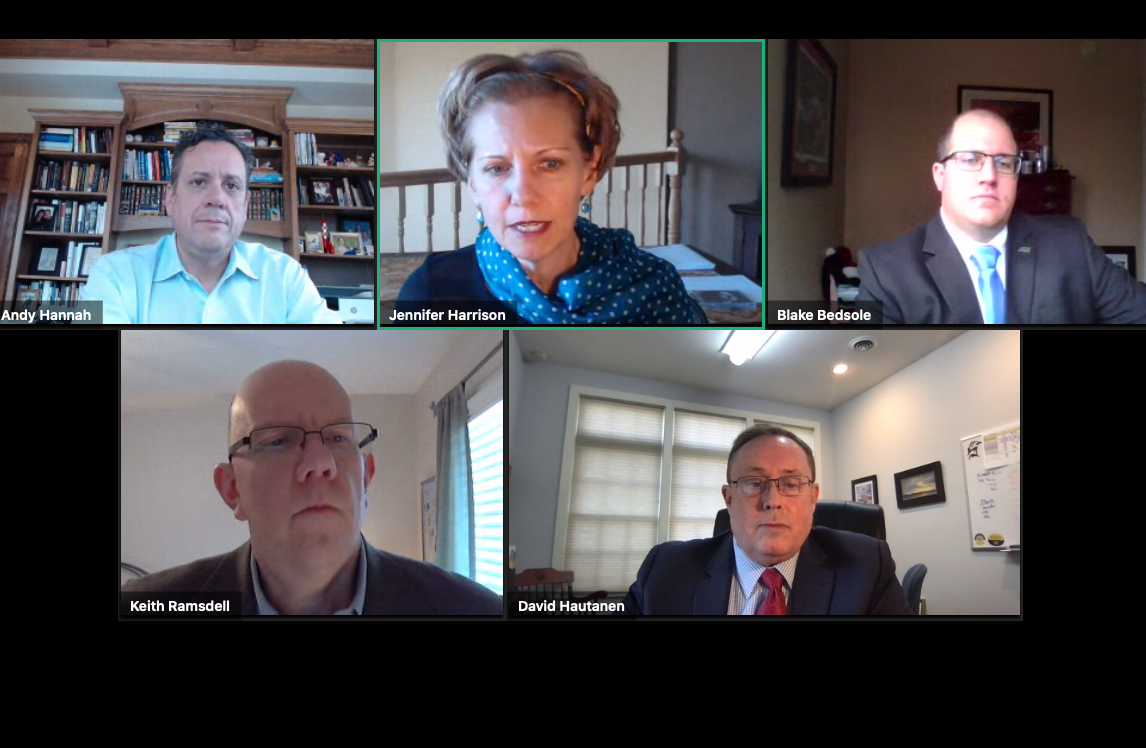College enrollment leaders have begun revamping their recruitment messages with experts predicting a significant decline in high school graduates beginning in 2025 and lasting more than a decade.
About 3.8 million students graduated from high school in 2019. That number should peak at 4 million in 2025 before hitting a “demographic pothole” and declining each year throughout the 2030s, according to the “Knocking at the College Door” report released by the Western Interstate Commission for Higher Education in December.
A drop in births during and following the Great Recession is a leading reason for expected drop, the commission says in its report.
Even as the graduating classes decline size, they will become more diverse, the commission says.
More from UB: 3 big changes should simplify SATs for students
With the COVID pandemic’s full impact on college graduation not yet know, enrollment administrators have started developing new recruitment strategies tailored toward first-generation students, adult learners, and online and remote learning programs.
“The crystal ball we all use to look at enrollment is normally cloudy and this year my crystal ball is downright muddy,” David Hautanen Jr., vice president for enrollment management at St. Mary’s College in Maryland, said during a webinar on the anticipated drop in high school graduates.
 Hautenen and his enrollment colleagues on the webinar expressed more concern about fall 2021 enrollment because COVID continues to disrupt traditional recruitment activities, such as large-scale campus visits.
Hautenen and his enrollment colleagues on the webinar expressed more concern about fall 2021 enrollment because COVID continues to disrupt traditional recruitment activities, such as large-scale campus visits.
“I am more confident in the long term than I am in the short term,” Blake Bedsole, vice president for enrollment management at Arkansas Tech University, said in the webinar hosted by Pando Public Relations.
Adjusting enrollment efforts
Arkansas Tech’s enrollment team has begun digging into its data to determine how to better tailor marketing and recruitment messages to students who would most likely to enroll, Bedsole said.
Because COVID has restricted the size of campus tours, the university has been very strategic about the prospective students it will invite to campus this spring and summer, he said.
More from UB: How COVID enrollment compares to past recessions
At Ashland University in Ohio, fall 2021 enrollment is lagging slightly. Leaders there are gauging the impact COVID-enrollment declines have had on particular academic programs, said Keith Ramsdell, vice president for enrollment management.
The university is also concerned about a drop-off in out-of-state applications as many high school graduates choose to stay closer to home, Ramsdell said.
In preparation for the 2025 pothole, Ashland is developing new graduate programs and programs for older students who want to come back to college and complete their degrees. It also working to expand online options for traditional students, he said.
At St. Mary’s, recruiters have promoted the school’s small size and rural location to students concerned about COVID safety, Hautanen said.
Enrolling for equity
With the pool of high school graduates becoming more diverse, leaders at Arkansas State have considered becoming a Hispanic-serving institution as the state’s Latinx population grows, Bedsole says.
More from UB: 5 ways to improve early college high school programs
Becoming an HSI, which means the student population is 25% Hispanic, would make the university eligible for additional financial assistance.
Leaders at St. Mary’s College, which has a statutory commitment to serve Maryland’s underrepresented students, are building relationships with community-based and religious organizations to connect with high school graduates.
“First-generation families might not be comfortable sending students to four-year institutions,” Hautanen said. “We’re working with those students and families to let them know that have a place here.”







